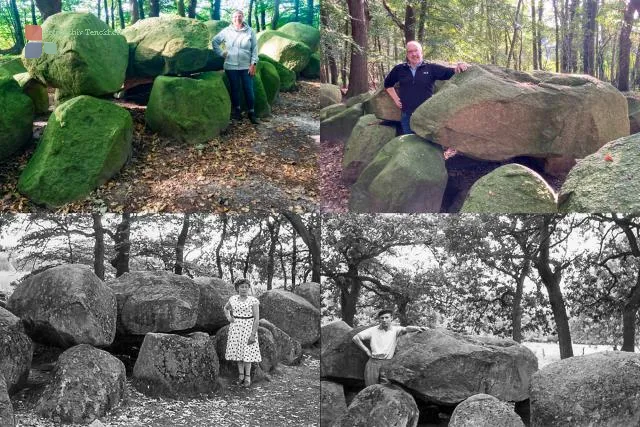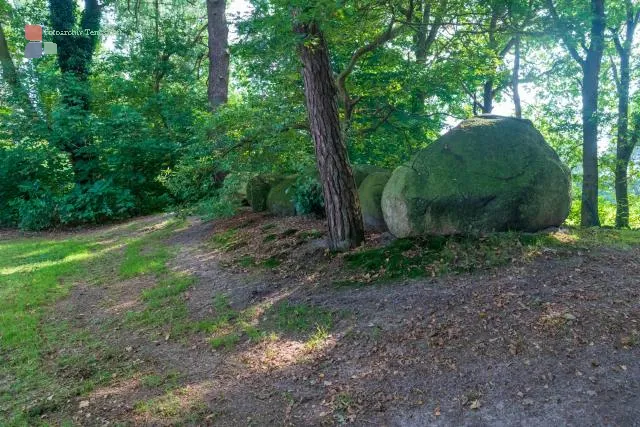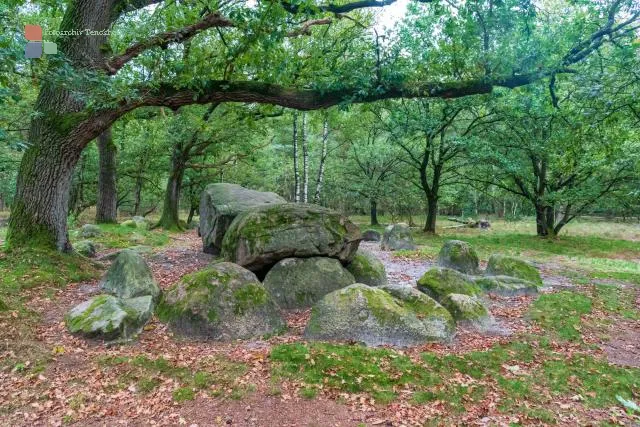Megalithic culture in Carnac
In Carnac there are rows of stones (French/Alignments) of menhirs (Celtic/large stone), which consist mainly of granite rock from the Breton coast and numbered around 3000 in the years of construction. The largest menhirs are about 4 meters high and are always at the western end of the corresponding row. To the east, the menhirs become smaller and smaller in their approximately 3 km long rows until they are only half a meter high. Originally, the rows were probably even 8 kilometers long.
- Read more about Megalithic culture in Carnac
- Log in or register to post comments
- 207 views












